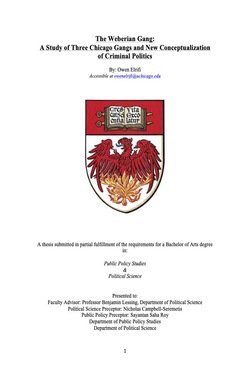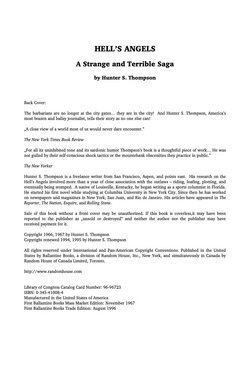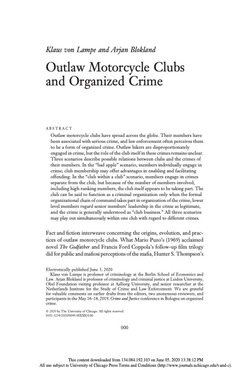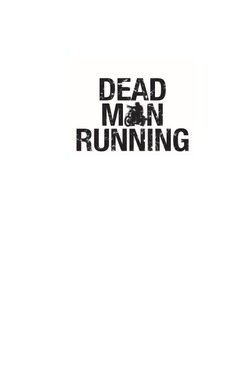By Hunter S. Thompson
California, Labor Day weekend… early, with ocean fog still in the streets, outlaw motorcyclists wearing chains, shades and greasy Levi’s roll out from damp garages, allnight diners and cast-off one-night pads in Frisco, Hollywood, Berdoo and East Oakland, heading for the Monterey peninsula, north of Big Sur… The Menace is loose again, the Hell’s Angels, the hundred-carat headline, running fast and loud on the early morning freeway, low in the saddle, nobody smiles, jamming crazy through traffic and ninety miles an hour down the center stripe, missing by inches… like Genghis Khan on an iron horse, a monster steed with a fiery anus, flat out through the eye of a beer can and up your daughter’s leg with no quarter asked and none given; show the squares some class, give em a whiff of those kicks they’ll never know… Ah, these righteous dudes, they love to screw it on… Little Jesus, the Gimp, Chocolate George, Buzzard, Zorro, Hambone, Clean Cut, Tiny, Terry the Tramp, Frenchy, Mouldy Marvin, Mother Miles, Dirty Ed, Chuck the Duck, Fat Freddy, Filthy Phil, Charger Charley the Child Molester, Crazy Cross, Puff, Magoo, Animal and at least a hundred more… tense for the action, long hair in the wind, beards and bandanas flapping, earrings, armpits, chain whips, swastikas and stripped-down Harleys flashing chrome as traffic on 101 moves over, nervous, to let the formation pass like a burst of dirty thunder.
New York: Ballantine Books, 1966. 186p.





















